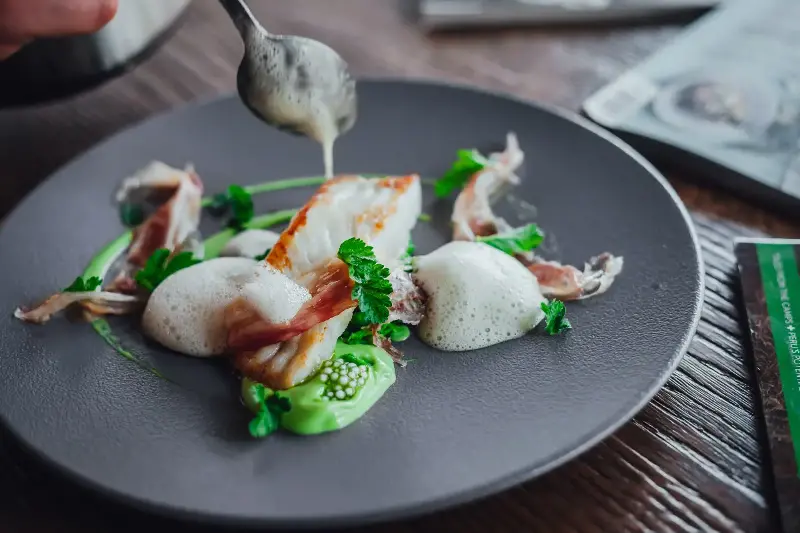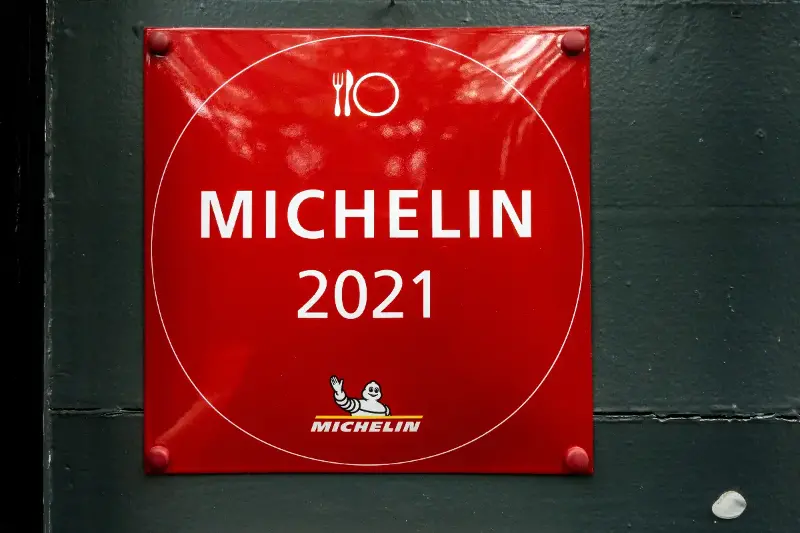Ever wondered what lies behind those famous red stars and fork-and-spoon symbols of the MICHELIN Guide? The world’s most coveted restaurant ratings are more than just culinary status—they are a secret language that offers clues, stories, and centuries-old traditions. Let’s take a fascinating journey past the star-studded surface to the intriguing secrets that make these icons global echelons of food and culture.

The Birth of a Symbol: Why Tyres Led to Gourmet Glory
It may come as a surprise, but the MICHELIN Guide began with tyres—not truffles. In 1900, the French tyre company MICHELIN published its first guide, a book to encourage motorists to drive and thus, wear out their tyres. The little red book listed service stations, mechanics, and places to eat along the way. This simple idea would eventually shape the world of fine dining in ways no one could imagine.
Fast forward to today, and the MICHELIN Guide is an internationally respected authority. The stars, far removed from their automotive origins, have become the holy grail for chefs and food lovers alike.
Demystifying the Stars: Not All That Glitters Is the Same
You might think a MICHELIN Star is just a badge of taste, but each one tells an entire story. The coveted stars—up to three—represent extraordinary achievements, with subtle distinctions:
- One Star: “A very good restaurant in its category.” It celebrates consistency and high quality, making a one-star worthy of a special detour.
- Two Stars: “Excellent cooking, worth a detour.” Here, you’ll encounter refined dishes crafted by dedicated chefs—meals worthy of a special journey.
- Three Stars: “Exceptional cuisine, worth a special journey.” A three-star accolade is culinary legend; dining here becomes a destination itself.
Remarkably, inspectors make these evaluations while remaining anonymous, paying their own bills to ensure genuine treatment—adding a hint of mystery to each award.

Beyond Stars: The Secret World of MICHELIN Icons
While stars shine the brightest, other icons speak their own unique language. Ever noticed those little fork-and-spoon symbols (“Les couverts”)? These aren’t just decorative—they hint at the atmosphere and comfort of a dining experience:
- 1 to 5 crossed fork-and-spoon symbols: Ranging from “quite comfortable” to “luxurious,” they allow readers to choose experiences beyond just the plate.
- The Bib Gourmand: Represented by the iconic “Bibendum” cartoon or a smiling face, this signals excellent food at moderate prices—a favourite among savvy, budget-conscious foodies.
- The Green Star: Introduced in 2020, this celebrates restaurants leading the way in sustainable gastronomy, championing the environment alongside taste.
Each icon adds a layer of depth and meaning, helping diners shape experiences that reflect both their tastes and values.
If Walls Could Talk: Surprising Tales from MICHELIN’s History
Some of the world’s most celebrated culinary moments are woven with MICHELIN magic. In Japan, the first-ever sushi chef to receive three stars was Jiro Ono, immortalised in the documentary “Jiro Dreams of Sushi.” Meanwhile, some small countryside inns, barely seating more than a dozen diners, have soared to gastronomic fame due to a single star.
Obtaining—or losing—a star is a moment of high drama for chefs; it can skyrocket a restaurant’s booking list overnight or cast a shadow of heartbreak. The guide’s power to inspire, elevate, or devastate is unrivalled in the world of cuisine.

Why Do the Icons Matter? Education Beyond the Plate
MICHELIN Icons aren’t just symbols—they’re passports to culture, geography, and history.
- For young gourmands and students of hospitality, the guide provides a masterclass in regional flavours, service philosophy, and innovation.
- For travellers and locals alike, it encourages culinary curiosity, drawing them off the beaten path to explore new neighbourhoods, cuisines, and traditions.
- And for the global food industry, it represents a relentless pursuit of excellence, challenging chefs to constantly evolve and surprise their guests.
In every knife’s edge, every plate’s flourish, and every rating’s suspense, the guide carries an educational legacy that spans more than a century.
What might you discover next time you open a MICHELIN Guide, or dine at a restaurant it honours? Perhaps a sense of place, the ambition and artistry of the chef, or a vision for a more sustainable future. One thing is certain: behind each sparkling icon are stories waiting to be tasted, savoured, and shared. Will you look beyond the glittering stars, and let curiosity be your guide?
